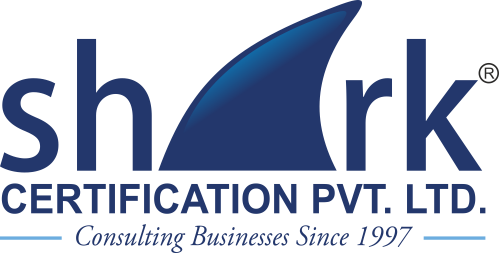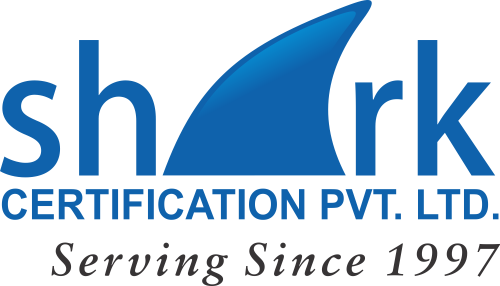Creating a Safer and Healthier Workplace for Everyone
Workplace safety is a top priority for every organization. Employees perform their best in an environment that prioritizes their health, safety, and well-being. ISO 45001:2018, the first globally recognized standard for occupational health and safety (OH&S), provides a framework to create safer workplaces, reduce risks, and improve overall employee safety.
This blog will walk you through the key benefits of ISO 45001 and provide a practical guide to its implementation for organizations looking to enhance their safety practices.
What is ISO 45001?
ISO 45001:2018 is an international standard for OH&S management systems. It helps organizations proactively identify and manage workplace hazards, ensuring the health and safety of employees, contractors, and visitors.
Highlights of ISO 45001:
- Designed to integrate seamlessly with other management systems like ISO 9001 and ISO 14001.
- Emphasizes risk-based thinking and a proactive approach to safety.
- Applicable to organizations of all sizes and industries.
Key Benefits of ISO 45001
- Improved Workplace Safety
- Identifies and mitigates safety risks effectively.
- Reduces workplace incidents and accidents.
- Enhanced Employee Morale
- Promotes a culture of safety and well-being.
- Boosts employee satisfaction and productivity.
- Regulatory Compliance
- Ensures adherence to local, national, and international safety regulations.
- Minimizes the risk of legal liabilities and penalties.
- Cost Savings
- Reduces costs associated with workplace accidents, injuries, and downtime.
- Lowers insurance premiums by demonstrating a strong safety commitment.
- Global Recognition
- Demonstrates your organization’s commitment to world-class safety standards.
- Enhances credibility and competitive advantage.
Steps to Implement ISO 45001
1. Understand ISO 45001 Requirements
Familiarize yourself with the standard and its core elements.
- Learn about hazard identification, risk assessment, and incident management.
- Understand how ISO 45001 aligns with other management systems like ISO 9001 and ISO 14001.
2. Conduct a Gap Analysis
Assess your current safety practices against ISO 45001 requirements.
- Identify areas for improvement and potential risks.
- Develop a plan to bridge the gaps.
3. Engage Leadership and Employees
Ensure leadership commitment to OH&S and foster a culture of safety.
- Establish safety policies and objectives.
- Involve employees in identifying hazards and implementing solutions.
4. Develop an OH&S Management System
Design a system tailored to your organization’s needs.
- Document procedures for hazard identification, risk management, and incident reporting.
- Create an emergency preparedness plan.
5. Provide Training and Awareness
Educate employees on their roles and responsibilities in maintaining workplace safety.
- Conduct regular training on safety procedures.
- Promote awareness of ISO 45001 principles and practices.
6. Monitor and Evaluate Performance
Regularly assess the effectiveness of your OH&S management system.
- Use key performance indicators (KPIs) to measure safety performance.
- Conduct internal audits and management reviews.
7. Engage a Certification Body
Select an accredited body to assess your OH&S system.
- Prepare for the certification audit by addressing any non-conformities.
- Complete the audit process to achieve ISO 45001 certification.
Why Choose ISO 45001 for Workplace Safety?
ISO 45001 offers a proactive and systematic approach to workplace safety. Unlike reactive measures, it emphasizes identifying potential hazards and preventing incidents before they occur. By integrating safety into everyday operations, organizations can create a sustainable culture of health and safety.
Practical Tips for ISO 45001 Implementation
- Leverage Technology: Use software tools to track incidents, monitor risks, and ensure compliance.
- Encourage Employee Feedback: Involve employees in the process and encourage them to report hazards or unsafe practices.
- Focus on Continuous Improvement: Regularly update safety policies and procedures to adapt to new risks and regulations.
- Collaborate with Experts: Seek guidance from safety consultants or certification bodies to streamline the process.
- Celebrate Success: Recognize and reward employees for their contributions to workplace safety.
ISO 45001 provides a powerful framework for creating a safer and healthier workplace. Its benefits go beyond compliance, fostering a culture of safety, improving employee morale, and boosting organizational performance. By following a structured approach to implementation, businesses can unlock the full potential of ISO 45001 and demonstrate their commitment to the well-being of their workforce.
Ready to enhance your workplace safety? Start your ISO 45001 journey today and take the first step toward a safer future.




3 Comments
Riva Collins
It’s no secret that the digital industry is booming. From exciting startups to need ghor
global and brands, companies are reaching out.
Obila Doe
It’s no secret that the digital industry is booming. From exciting startups to need ghor hmiu
global and brands, companies are reaching out.
Riva Collins
It’s no secret that the digital industry is booming. From exciting startups to need ghor hmiu global and brands, companies are reaching out.